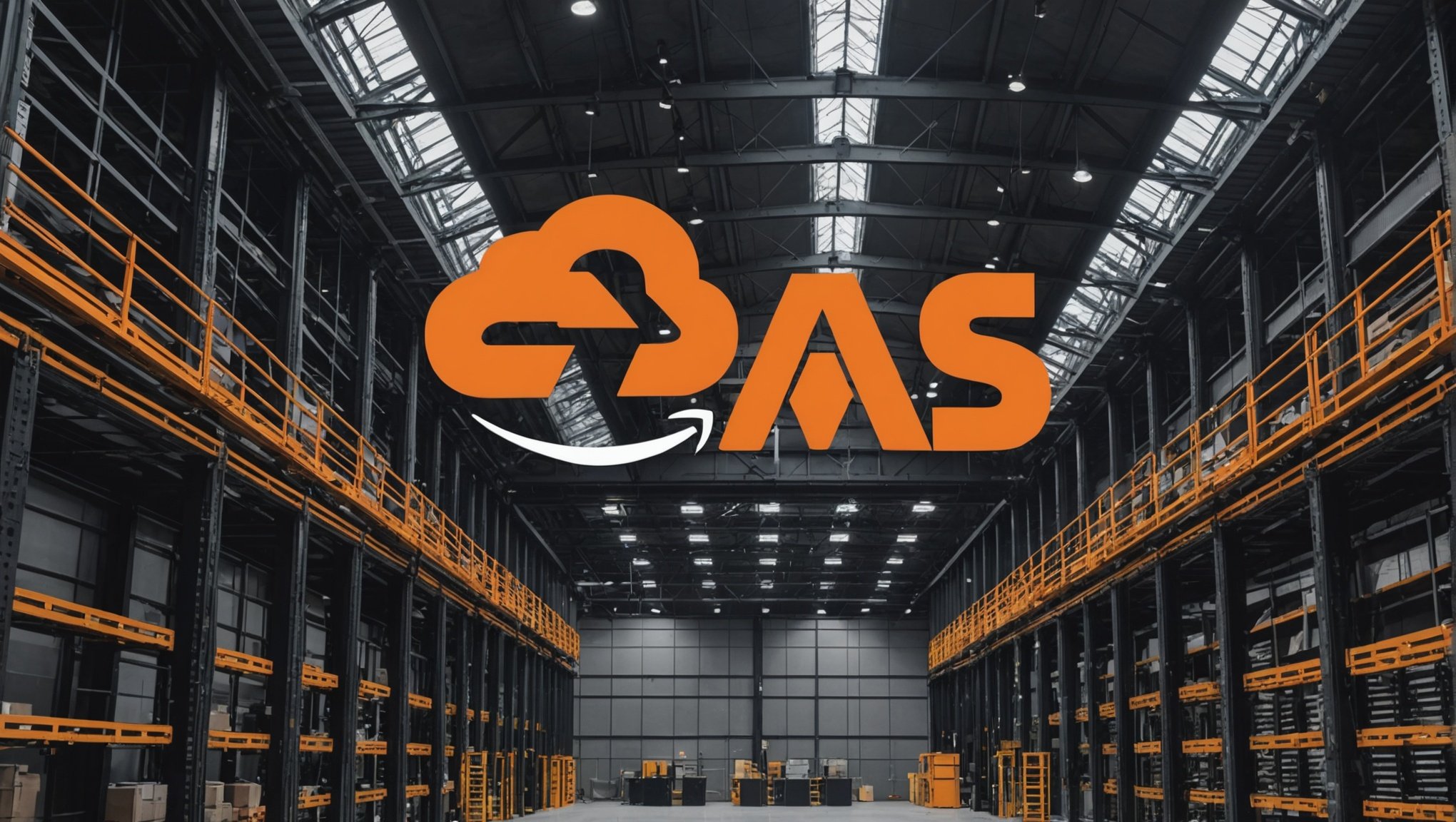In today’s fast-paced digital world, managing complex workflows efficiently is crucial. One of the most effective tools for this is AWS Step Functions, which enables you to design and run complex workflows in a serverless architecture. This article dives into how you can utilize AWS Step Functions to streamline your order processing, data processing, and other intricate tasks.
AWS Step Functions is a service that enables you to coordinate multiple AWS services into serverless workflows. These workflows can range from simple sequential steps to complex branching patterns, retry logic, and parallel execution. Essentially, AWS Step Functions makes use of state machines to manage the sequence of AWS Lambda functions, API calls, and other services involved in a task.
Have you seen this : How can you use AWS Step Functions for building serverless orchestrations?
By using Step Functions, you can design workflows that are not only scalable but also resilient and easy to maintain. The service provides built-in error handling and auditing capabilities, which helps ensure that your workflows execute reliably.
Key Features of AWS Step Functions
Before diving into how to use AWS Step Functions, it’s vital to understand some of its key features:
In parallel : What are the methods to ensure data consistency in distributed systems using Apache Zookeeper?
- State Machines: Define your workflow as a state machine, describing each state and the transitions between them.
- AWS Lambda Integration: Seamlessly integrate with AWS Lambda functions to handle individual tasks.
- Express Workflows: Ideal for short-lived, high-volume workflows.
- Error Handling: Built-in features to handle errors and retries.
- State Machine Execution: Provides detailed tracking and logging of each workflow execution.
Designing a Workflow with AWS Step Functions
Designing a workflow with AWS Step Functions involves defining a state machine. The states can be simple or complex, depending on the task type and the logic required. Each state performs a specific action, such as invoking a Lambda function or passing data to another state.
Defining State Machines
A state machine in AWS Step Functions is defined using Amazon States Language (ASL). ASL is a JSON-based, structured language used to define the states and transitions of your workflow. Each state can perform various task types, including invoking a Lambda function, pausing for a specific amount of time, or catching errors.
{
"StartAt": "OrderProcessing",
"States": {
"OrderProcessing": {
"Type": "Task",
"Resource": "arn:aws:lambda:us-east-1:123456789012:function:OrderProcessor",
"Next": "PaymentProcessing"
},
"PaymentProcessing": {
"Type": "Task",
"Resource": "arn:aws:lambda:us-east-1:123456789012:function:PaymentProcessor",
"End": true
}
}
}
Integrating AWS Lambda Functions
One of the powerful features of AWS Step Functions is its integration with AWS Lambda. You can invoke Lambda functions as part of your workflow’s tasks. This enables you to execute code without provisioning or managing servers.
Each Lambda function is identified by its ARN (Amazon Resource Name), and you specify this ARN in your state machine definition. AWS Step Functions ensures that the Lambda function executes as part of the workflow, handling the input and output data seamlessly.
Error Handling in Workflows
AWS Step Functions offers robust error handling capabilities. You can define retry logic and catch specific errors to ensure that your workflows are resilient. This is particularly useful for long-running tasks that may encounter intermittent issues.
For example, you can specify a Retry field in your task state to automatically retry the task if it fails. You can also use the Catch field to handle specific errors and transition to a different state, ensuring that your workflow can gracefully recover from failures.
Implementing Serverless Order Processing
A common use case for AWS Step Functions is order processing. In an e-commerce application, order processing involves multiple steps, such as validating the order, charging the customer, and updating the inventory. AWS Step Functions allows you to orchestrate these steps in a serverless workflow.
Order Processing Workflow
Consider a simple order processing workflow with the following steps:
- Validate Order: A Lambda function checks the order details for completeness and validity.
- Charge Customer: Another Lambda function charges the customer using a payment gateway.
- Update Inventory: A final Lambda function updates the inventory to reflect the purchased items.
Here is how you might define this workflow using AWS Step Functions:
{
"StartAt": "ValidateOrder",
"States": {
"ValidateOrder": {
"Type": "Task",
"Resource": "arn:aws:lambda:us-east-1:123456789012:function:ValidateOrderFunction",
"Next": "ChargeCustomer"
},
"ChargeCustomer": {
"Type": "Task",
"Resource": "arn:aws:lambda:us-east-1:123456789012:function:ChargeCustomerFunction",
"Next": "UpdateInventory"
},
"UpdateInventory": {
"Type": "Task",
"Resource": "arn:aws:lambda:us-east-1:123456789012:function:UpdateInventoryFunction",
"End": true
}
}
}
Benefits of Using Step Functions for Order Processing
Using AWS Step Functions for order processing offers several benefits:
- Scalability: The serverless nature of Step Functions and AWS Lambda ensures that your workflow can scale automatically based on demand.
- Resilience: Built-in error handling and retries ensure that your workflow can handle disruptions gracefully.
- Auditing and Traceability: AWS Step Functions provides detailed logs and execution history, making it easy to trace and audit the workflow.
Managing Data Processing Workflows
Data processing is another area where AWS Step Functions excel. You can design workflows to process large datasets, transform data, and integrate with other AWS services such as Amazon S3 and Amazon DynamoDB.
Data Processing Workflow
Imagine you need to process and transform a large dataset stored in Amazon S3. The workflow involves the following steps:
- Fetch Data: A Lambda function retrieves the data from S3.
- Transform Data: A second Lambda function processes and transforms the data.
- Store Data: A final Lambda function stores the transformed data in DynamoDB.
Here is an example of how you might define this data processing workflow:
{
"StartAt": "FetchData",
"States": {
"FetchData": {
"Type": "Task",
"Resource": "arn:aws:lambda:us-east-1:123456789012:function:FetchDataFunction",
"Next": "TransformData"
},
"TransformData": {
"Type": "Task",
"Resource": "arn:aws:lambda:us-east-1:123456789012:function:TransformDataFunction",
"Next": "StoreData"
},
"StoreData": {
"Type": "Task",
"Resource": "arn:aws:lambda:us-east-1:123456789012:function:StoreDataFunction",
"End": true
}
}
}
Benefits of Using Step Functions for Data Processing
Using AWS Step Functions for data processing provides several advantages:
- Parallel Execution: You can process data in parallel, improving performance and efficiency.
- Serverless Integration: Seamless integration with AWS Lambda and other AWS services enables you to build end-to-end serverless workflows.
- Error Handling: Robust error handling ensures that your data processing tasks can recover from failures.
Handling Events with AWS Step Functions
AWS Step Functions is also effective for managing event-driven workflows. You can trigger workflows based on events from Amazon SNS, Amazon SQS, or other AWS services.
Event-Driven Workflow
Consider a scenario where you need to process incoming events from an Amazon SNS topic. The workflow involves the following steps:
- Receive Event: A Lambda function receives the event from the SNS topic.
- Process Event: A second Lambda function processes the event data.
- Store Event: A final Lambda function stores the processed event data in DynamoDB.
Here is an example of how you might define this event-driven workflow:
{
"StartAt": "ReceiveEvent",
"States": {
"ReceiveEvent": {
"Type": "Task",
"Resource": "arn:aws:lambda:us-east-1:123456789012:function:ReceiveEventFunction",
"Next": "ProcessEvent"
},
"ProcessEvent": {
"Type": "Task",
"Resource": "arn:aws:lambda:us-east-1:123456789012:function:ProcessEventFunction",
"Next": "StoreEvent"
},
"StoreEvent": {
"Type": "Task",
"Resource": "arn:aws:lambda:us-east-1:123456789012:function:StoreEventFunction",
"End": true
}
}
}
Benefits of Using Step Functions for Event Handling
Using AWS Step Functions for event-driven workflows offers several benefits:
- Real-Time Processing: Handle events in real-time, ensuring timely responses.
- Scalability: Automatically scale to handle varying event loads.
- Integration: Seamlessly integrate with other AWS services, enabling end-to-end event handling.
AWS Step Functions is a powerful tool for managing complex workflows in a serverless architecture. Whether you’re handling order processing, data processing, or event-driven workflows, Step Functions provides the scalability, resilience, and integration capabilities you need.
By defining state machines and leveraging the power of AWS Lambda and other AWS services, you can design and execute workflows that are not only efficient but also easy to maintain and audit. With built-in error handling and logging, AWS Step Functions ensures that your workflows can handle disruptions gracefully and provide detailed execution histories for auditing purposes.
In a world where efficiency and reliability are paramount, AWS Step Functions offers a robust solution for orchestrating complex tasks. Whether you’re a developer or a system architect, embracing AWS Step Functions can significantly enhance your workflow management capabilities.











